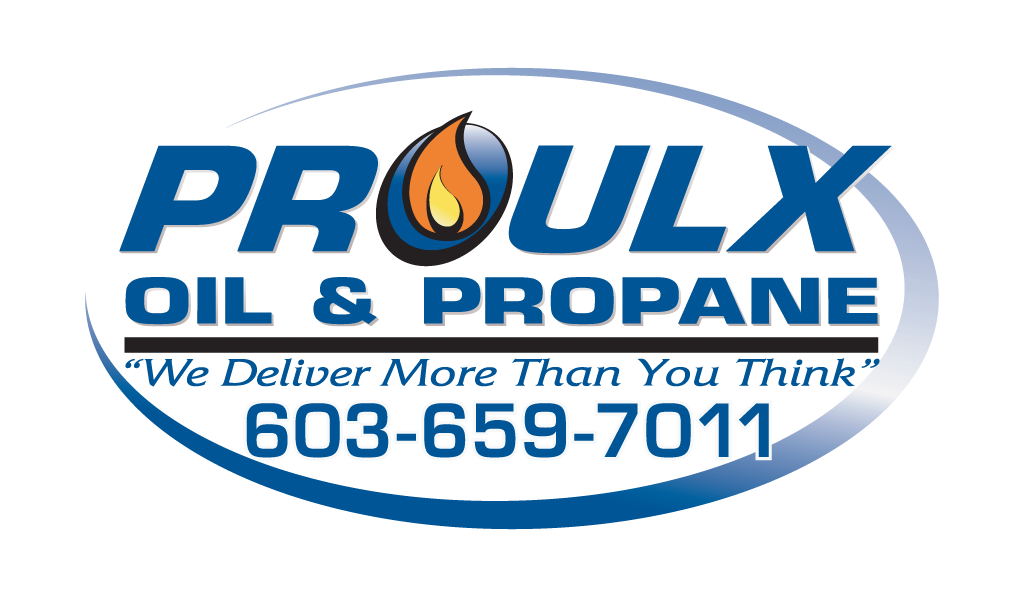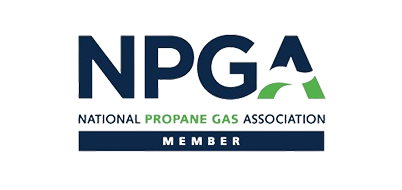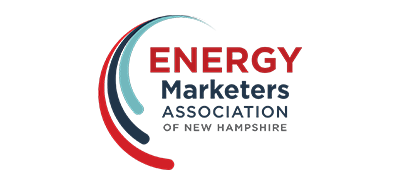Chemical Recycling of Plastics: A New Path to a Circular Economy
The Global Plastic Waste Problem
Plastic waste from polyethylene (PE) and polypropylene (PP) makes up almost half of the world’s discarded plastics. These two materials dominate production but have recycling rates below 12%. Recycling systems face several bottlenecks. Manual sorting, contamination, and material complexity all limit how much waste can be processed efficiently.
Why Mechanical Recycling Falls Short
Even with advanced sorting, mechanical recycling weakens plastic each time it’s reused. The material loses quality and eventually ends up in landfills. Chemical recycling, however, reverses that process by converting plastics back into their original molecular building blocks.
What Makes Chemical Recycling Different
Unlike mechanical methods, chemical recycling breaks polymers down at the molecular level. It handles mixed or contaminated plastics and recreates high-quality material from the same feedstock. This process creates a true closed-loop system for plastics.
Hydrogenolysis: A Breakthrough Process
Among several chemical recycling strategies, hydrogenolysis shows the most promise. The reaction uses hydrogen gas (H₂) and a catalyst to break polymer chains at mild temperatures. This method transforms waste into shorter hydrocarbons with lower energy use and higher efficiency.
From Polyolefins to Propane
Our team developed a new process that converts PE and PP almost entirely into propane gas. The process achieves more than 80% carbon efficiency. It also produces smaller amounts of useful ethane and butane.
Propane offers direct value and can also return to the plastic cycle. When converted to propylene monomer through dehydrogenation, it becomes feedstock for new plastics. Hydrogen released during dehydrogenation feeds back into the recycling system, creating a circular polyolefin economy.
How Our Catalyst Makes It Work
The new catalyst combines cobalt with a microporous zeolite. The zeolite’s pores direct where polymer chains break, while cobalt activates hydrogen and stabilizes the reaction. Working together, they cut the plastic into three-carbon fragments—forming propane with remarkable precision.
Scaling Up for Real-World Impact
Our team is collaborating with the National Renewable Energy Laboratory (NREL) through the BOTTLE™ consortium, a DOE-funded partnership. Together, we are studying how contaminants affect catalyst stability and scaling the process to handle larger volumes of mixed plastic waste.
The Future of Plastic Recycling
Hydrogenolysis represents only part of the solution. Solving the plastic waste problem requires multiple technologies, strong investment, and supportive policy. By combining innovation and collaboration, we can build a sustainable, circular plastics economy that reduces waste and reuses resources.











